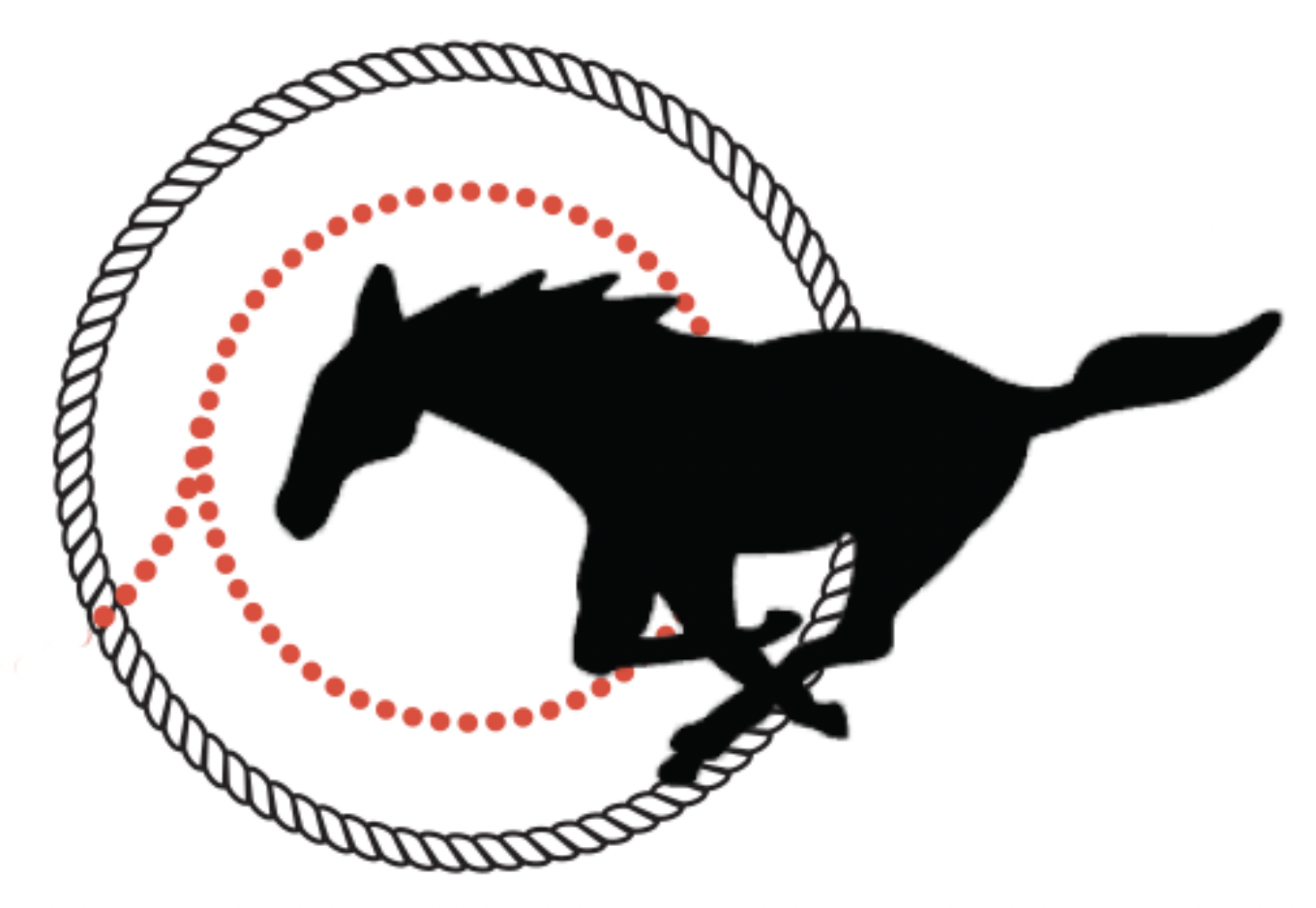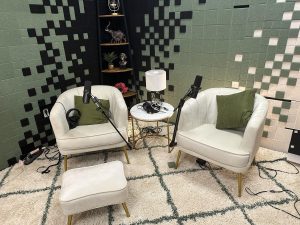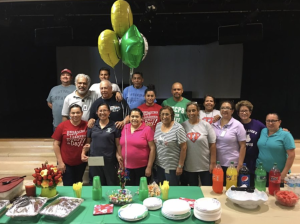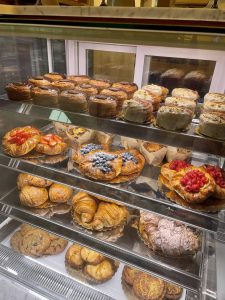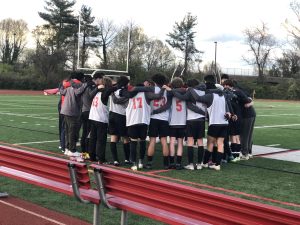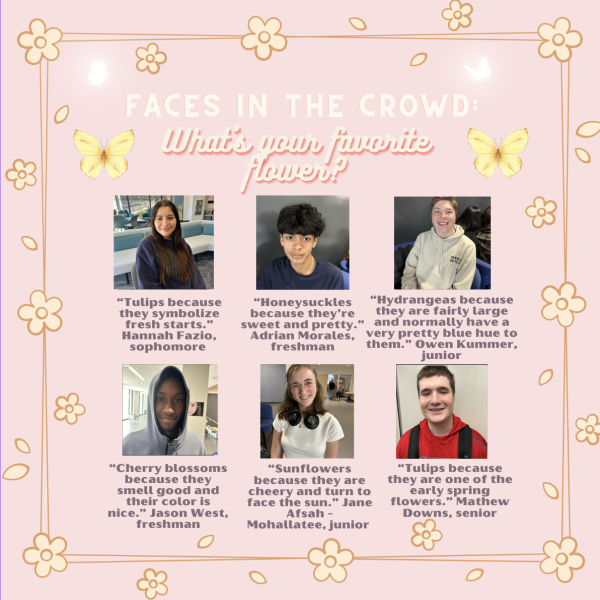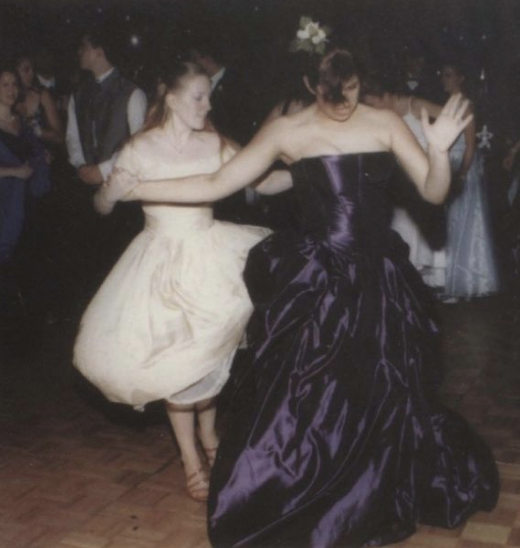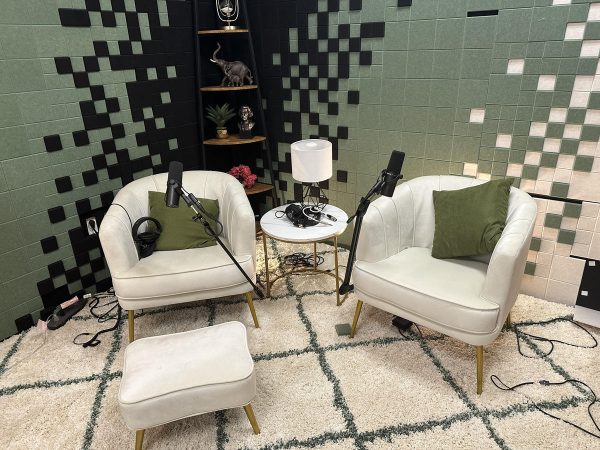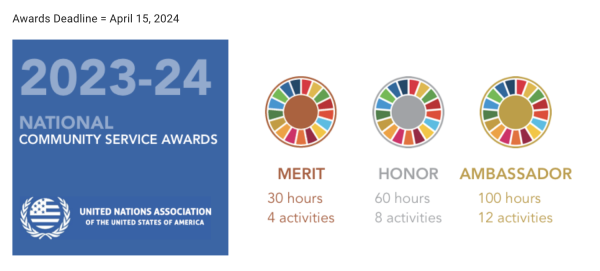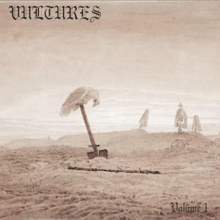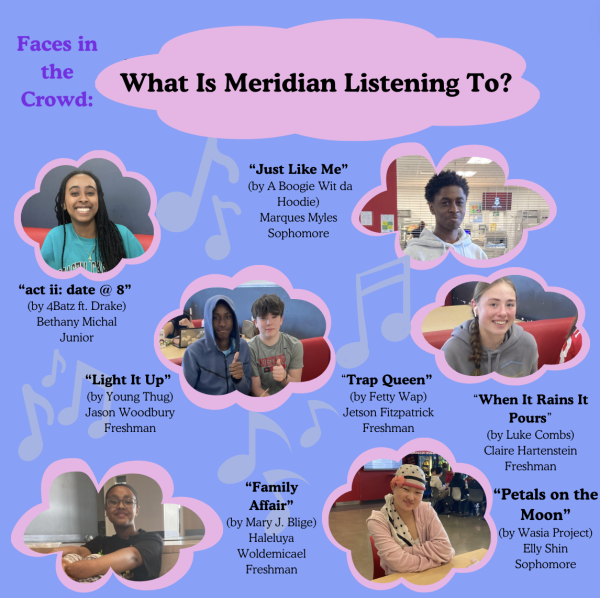The Evolution of George Mason through clubs and customs
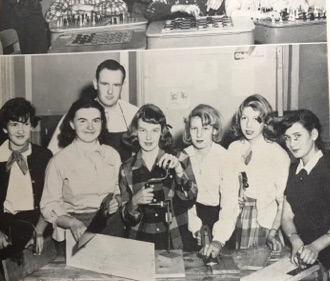
9th Grade Hobby Club, 1952.
June 14, 2017
Homecoming pictures at a pumpkin patch, being combined with the middle school, and clubs such as Future Homemakers of America are only a couple of the things that are not around anymore. George Mason High School has been here since 1952, and throughout the years there has been a lot of change, which was found in yearbooks from past years as well as through talking to other teachers such as Ms. Eleanor Hawkesworth who has been working here for about 25 years.

Before 1952:
In 1949, the citizens of Falls Church voted a bond issue of $700,000.00 to construct George Mason High School and Middle School. However, due to the shortage of materials the school was not completed in time for the opening of school in the fall of 1951. The school board then used the Jefferson building to house the 7th, 8th, and 9th graders, and they rented the Thompson House at Seven Corners for the 10th, and 11th graders. The 12th graders were returned to Falls Church High School for the year.
Year 1952:
GMHS used to be both the high school and the middle school, from 1952 to 2005. It was called George Mason High School and Middle School. Where MEHMS stands today used to be a parking lot. The D wing, which is now the history hall, is new. The middle school was located in the F wing and the Auxiliary gym, cafeteria, science wing didn’t exist before. In addition, the sixth grade area was the basement floor, seventh grade was on the band room floor, and eighth grade was the main floor. Even though the school was small and all the students were familiar with each other, there was the challenge of separating the high school students from the middle school students to prevent rudeness or intimidation.

The Glee Club had been established in 1952 to promote not only enjoyment of music, both classic and popular, but also the appreciation of music and its qualities. The Glee Club participated in many of the school activities such as the Christmas pageants and spring festivals.

The 9th grade hobby club was formed in shop class in 1952 for the 9th grade girls who were interested in it as a hobby. They learned to use basic tools and how to make simple repairs around the house.
Year 1954:

This club was an organization that aimed to help young people with family bonds, careers, and participation in the community. These were women who planned to not work after high school and wanted to stay home to cook, sew, clean, and maintain the house.
Year 1961:
The all girls club, Tri-Hi-Y, and the all boys club, Hy-Y, both worked to serve the school and community, and to maintain Christian morals. The Tri-Hi-Y club collected money for UNICEF and it also followed up with other projects such as performing a Pep Rally skit. Its motto was “To create, maintain, and extend.”

Tempo was the literary magazine that was published annually and it worked to promote literary creativity and a voice for George Mason students. It is now the Nine Muses.

This club was organized at GMHS to educate women on the career of nursing and to lead them on the correct path to do so.
Year 1964:

This club was for all those interested in the life sciences. During the academic year the club organized a combination of social and educational activities, which provided many opportunities for students to interact with the faculty and with each other.
Year 1968:

The Interclub Council was the branch of the SCA that was responsible for coordinating club activities. It was made up of all organization presidents, collectively having the power to issue and revoke club characters.

Keyettes was recognized as the most active club at GMHS and it was responsible for undertaking an incredible number of service projects to help create school spirit. In 1968 they made a mascot and sponsored a naming contest resulting in Mustang Sally.
Late 1980s:
Around the late 80s, Walkmans were a big issue at George Mason because students were always wearing headphones without being aware of their surroundings, thus creating a safety issue. George Mason tried to ban the Walkmans, but technology evolved and overrode the ban.
On Homecoming, players from the Football team would give each teacher a jersey that they could wear to the game. This tradition was a sweet teacher and student bonding idea, but unfortunately it ended in the late 1990s. In addition, there was also a Homecoming tradition that the Homecoming court would always get their picture taken on the pumpkin patch at the Sam’s Garden Center which was located across the street from GM on Route 7. This tradition ended sometime when the building was torn down.
Year 1999:


This year about 20 students traveled to Bolivia and visited Lake of Titicaca. The Bolivian group spent a good number of hours on the bus and stayed about one week to learn about the country’s culture and traditions.
During this year, Mason students also traveled to France where they visited the mountains of Niau and also went to Carcassone, France where “Robin Hood: Prince of Thieves” was filmed. Additionally, they visited the French countryside to see ancient chateaus, snow-capped mountain peaks, and tiny villages with cobblestone streets.
Year 2013:

The Ping Pong club was around for two years and it ended in 2013. A couple of kids wanted to have the Ping Pong club so they asked Mrs. Eleanor Hawkesworth to be the sponsor, and about 15 to 20 students joined. The club was very informal and laid back since there were no competitions. However, the club had difficulty acquiring the actual equipment such as pallets, tables, and nets. Thus, Mrs. Hawkesworth applied for a grant from the PTSA.
